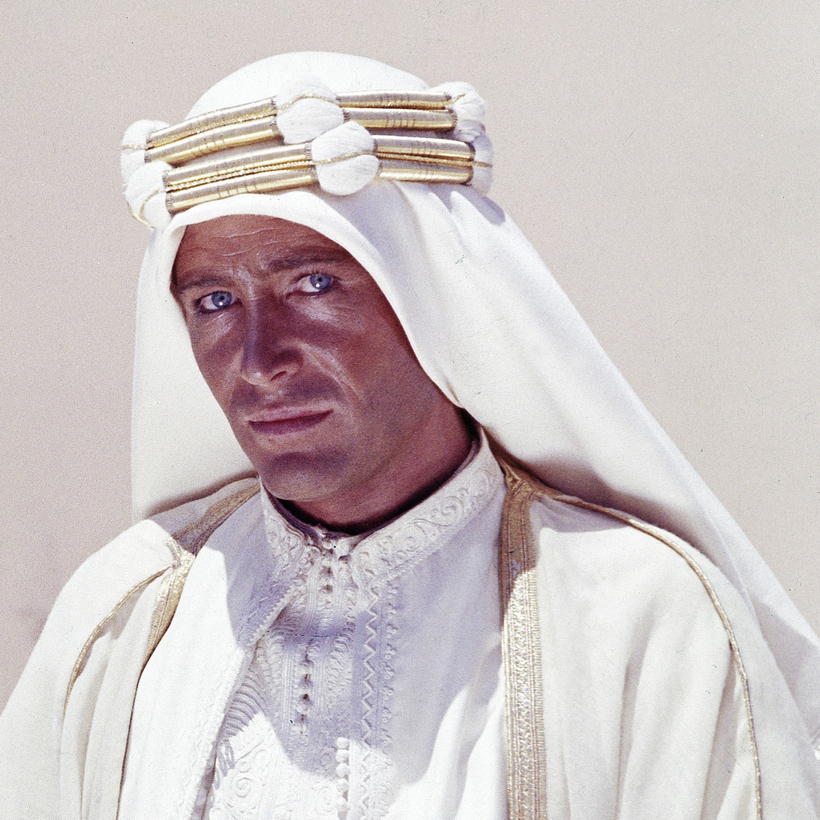Here’s a question should you ever find yourself, say, trapped at home with nowhere to go and a lot of unexpected free time on your hands: what’s the greatest year in the history of film?
For many people the gold standard is 1939, the pinnacle of classic Hollywood, with Gone With the Wind, The Wizard of Oz, Stagecoach, The Women, Mr Smith Goes to Washington, Wuthering Heights and Goodbye Mr Chips.
The culture critic Brian Raftery published a book, Best. Movie. Year. Ever. How 1999 Blew Up the Big Screen, trumpeting the year of The Matrix, Election, Fight Club, Toy Story 2 and Being John Malkovich.
Other favourite picks include 1946 for The Big Sleep, It’s a Wonderful Life, Notorious, My Darling Clementine; 1969 for Butch Cassidy and the Sundance Kid, Midnight Cowboy, Easy Rider, True Grit, The Italian Job and Z and 1974, which had Chinatown, The Godfather: Part II, Blazing Saddles and The Texas Chainsaw Massacre.
But the most scholarly and detailed entry to the debate has just arrived. It plants the flag for a less heralded year: 1962.

In Cinema ’62: The Greatest Year at the Movies, Stephen Farber, the veteran film critic, and Michael McClellan, a former cinema executive, assert that the year of Lawrence of Arabia, The Manchurian Candidate, The Man Who Shot Liberty Valance, To Kill a Mockingbird and The Loneliness of the Long Distance Runner was a “pivotal” moment in film history, an inflection point between the studio era and the darker independent fare that would follow. The result was “a rare confluence of art, studio craftsmanship, and commerce that has never been surpassed”.
The year of Lawrence of Arabia, The Manchurian Candidate, The Man Who Shot Liberty Valance, To Kill a Mockingbird and The Loneliness of the Long Distance Runner was a “pivotal” moment.
They do not expect their book to settle the debate. “I have to acknowledge this is in part a game that people will play,” says Farber, 75, who teaches at the UCLA School of Theatre, Film and Television in Los Angeles. “It’s not the most momentous question to be asked, or answered, about film history. The more important thing is who were the great film-makers? What were the great movies and what did they have to say? But I would argue that if you have seen a lot of movies, and you add up the ones that really made a difference, you would find a larger number in ’62 than in any other year.”
It had films directed by the Hollywood old masters John Ford, John Huston and David Lean and the bright young talents Sam Peckinpah, Arthur Penn, Sidney Lumet. They starred Bette Davis, Joan Crawford, Katharine Hepburn, John Wayne, James Stewart, Cary Grant, Doris Day, Paul Newman, Marlon Brando, Jack Lemmon, Jane Fonda, Peter O’Toole, Steve McQueen and Warren Beatty.
Foreign language cinema thrived, with international film-makers, including Akira Kurosawa, Ingmar Bergman, François Truffaut and Luis Buñuel, finding large American audiences.
Not coincidentally, perhaps, it was “a formative year” for Farber. “I was a teenager [growing up in Ohio] and really starting to appreciate movies not just as entertainment but as an art form. Lawrence of Arabia [to which he dedicates an entire chapter] is probably my favourite.”
He would love you to disagree: “One of the things we wanted was for people to argue about this and if they want to put forth another favourite year and can make the case convincingly I’m all for that.”
PS Film production and cinema screenings are on hold in Los Angeles but one very important industry event is still going ahead: the film festival at our house. With empty school holidays to fill, my wife and I, our two daughters and my sister-in-law in Southampton, who is a nurse in need of escapism, each submitted choices for the programme. We will be showing 14 films over seven days, starting with 9 to 5 (1980) this morning and ending with Emma (2020) next Friday night. If nothing else I’m confident my children will remember getting through all 202 minutes of Seven Samurai (1954) as a quarantine highlight.

